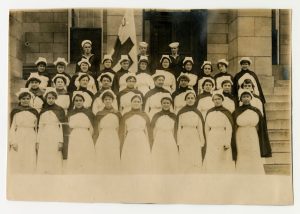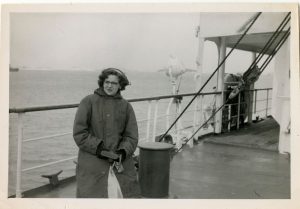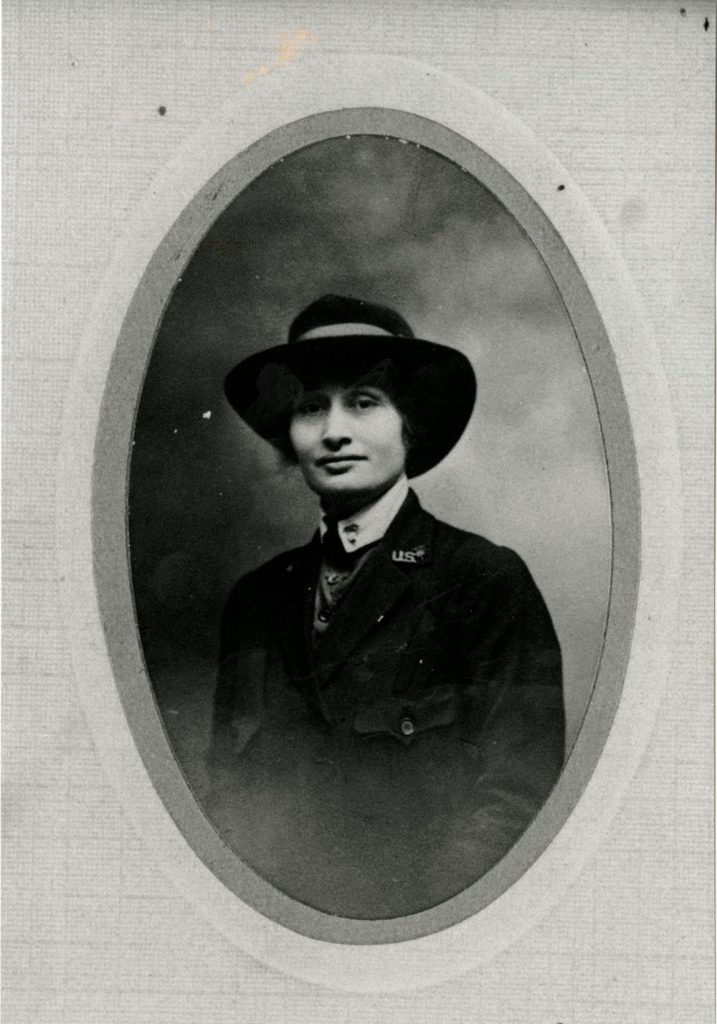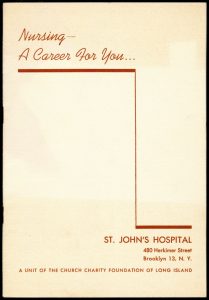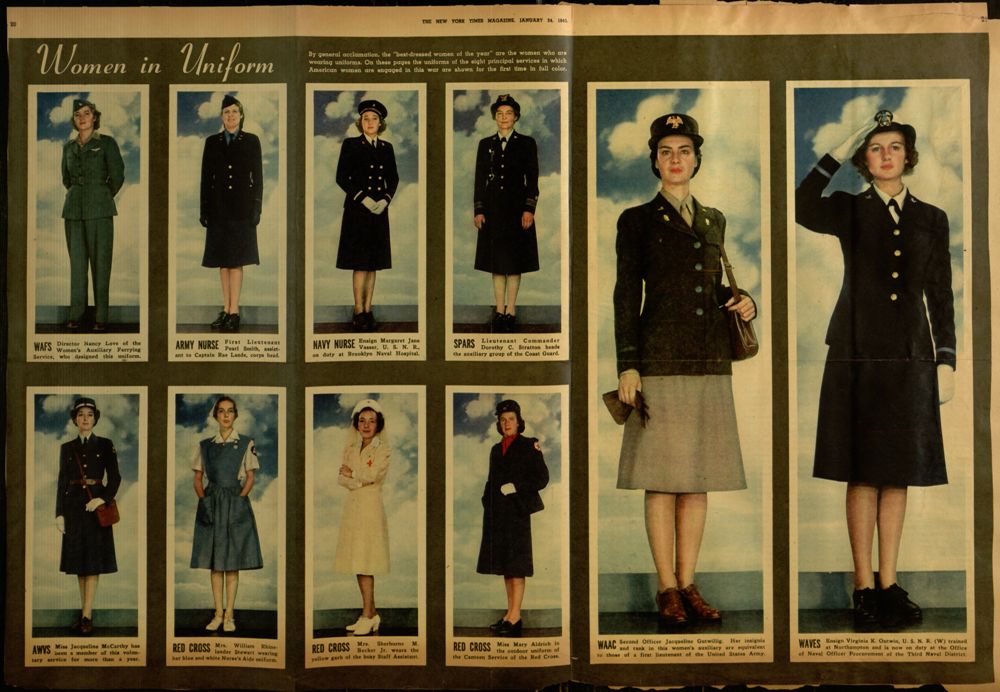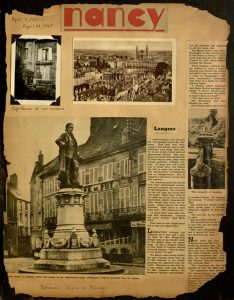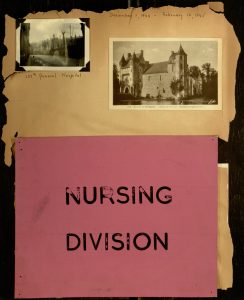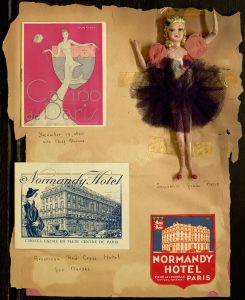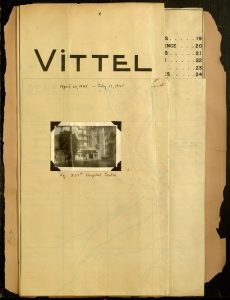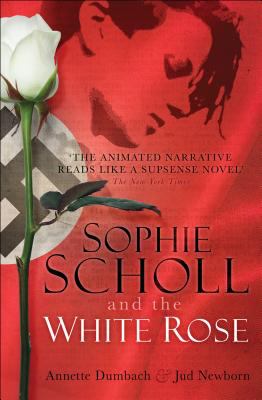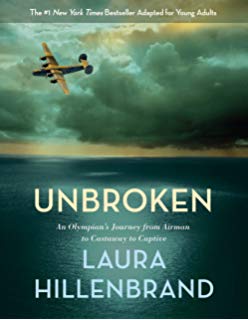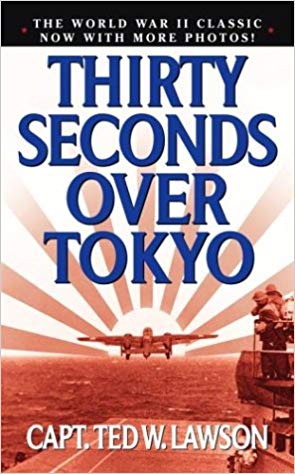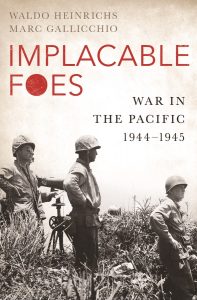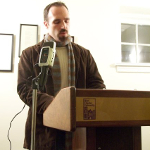New exhibit on Villanova’s V-12 Navy College Training Program now on view in Vasey Hall
A new exhibit is now on view at the Prince Family Veterans Resource Center in Vasey Hall. The exhibit, titled The V-12 Navy College Training Program: Villanova During World War II, showcases materials related to the V-12 training program hosted by Villanova College from 1943 to 1946.
During the second World War, Villanova’s student population significantly decreased, as numerous young men joined the armed forces. At this time, the US Navy selected Villanova, along with other institutions of higher learning, to house the V-12 Navy College Training Program. This program aimed to quickly increase the number of commissioned officers through an accelerated course of study that combined academic coursework and military training. During the years when the program was offered at Villanova, most of the college’s students were enrolled in it.

Case 1 from the new exhibit on the V-12 program at Villanova. Photo by Shawn Proctor, MFA, Communication and Marketing Program Manager.
The exhibit features reproductions of photographs, drawn from our digitized collections, that depict V-12 students training and studying. The exhibit also includes three letters written by Villanova V-12 graduate James D. Reap, Jr. to his parents during and after his participation in the training program. In his letters, Reap recounts his experience as a V-12 student and how it positively affected his career trajectory. In a letter dated February 5, 1944, Reap writes that other enlisted men “kind of respect us boys from the V-12 Unit.” The digitized letters and their full transcripts are also available through the Villanova Digital Library, along with other digitized materials from the James D. Reap, Jr. Collection. Paired with the letters is a US Navy hat worn by Reap while he participated in the Pacific Theater of World War II. (He served as a radar and communications technician aboard the USS Proteus, which was anchored near the USS Missouri when the Japanese surrender was formally signed in 1945.) Lastly, the exhibit features the 1944 and 1945 Belle Air Villanova yearbooks, which provide further information about the curriculum and leadership of the V-12 program.

Case 2 from the new exhibit on the V-12 program at Villanova. Photo by Shawn Proctor, MFA, Communication and Marketing Program Manager.
These materials come together to highlight the experiences of V-12 students and how their time at Villanova prepared them for leadership roles in the Navy, during one of the most critical moments in world history. You may view the exhibit, The V-12 Navy College Training Program: Villanova During World War II, during the spring and summer 2024 semesters at the Prince Family Veterans Resource Center in Vasey Hall!
If you are interested in additional projects that celebrate and preserve the legacies of Villanova veterans, make sure to also visit Honoring the Fallen: An Interactive Memorial Map, a Geographic Information System (GIS) map that shows where Villanova veterans died in service, as well as The Voices of Villanova’s Veterans oral history site, which includes interviews with Villanova veterans.

 Merrill Stein is Political Science Librarian at Falvey Memorial Library.
Merrill Stein is Political Science Librarian at Falvey Memorial Library.